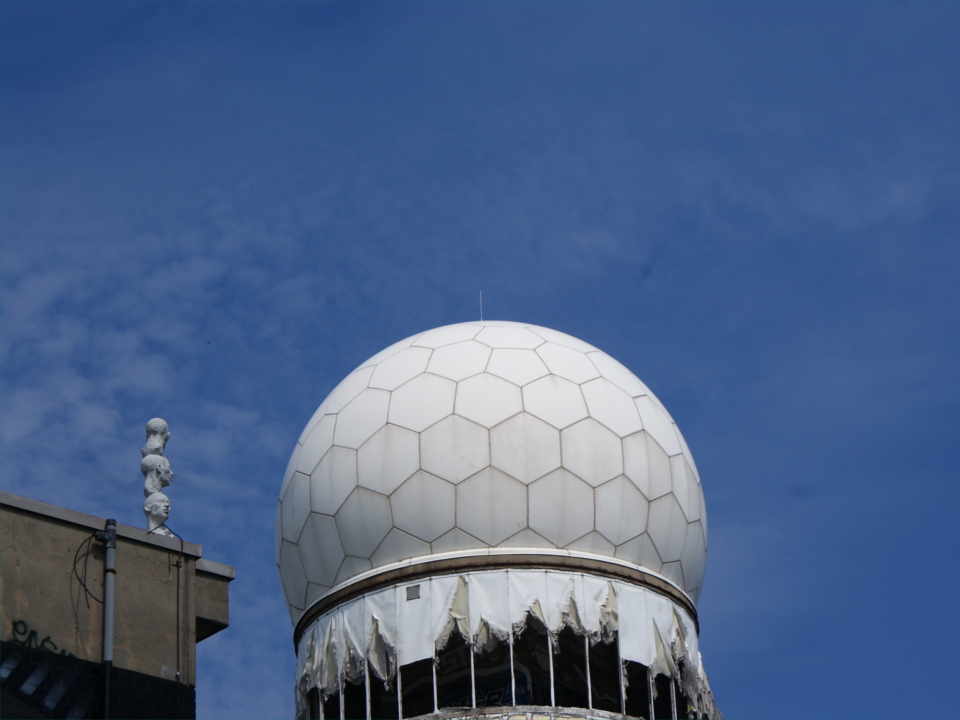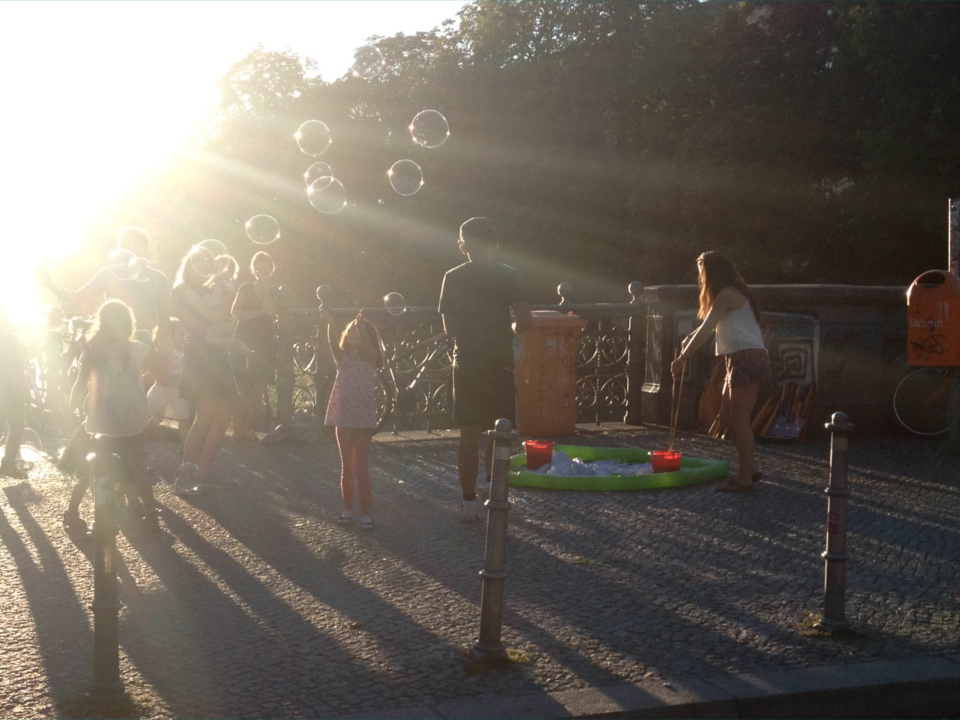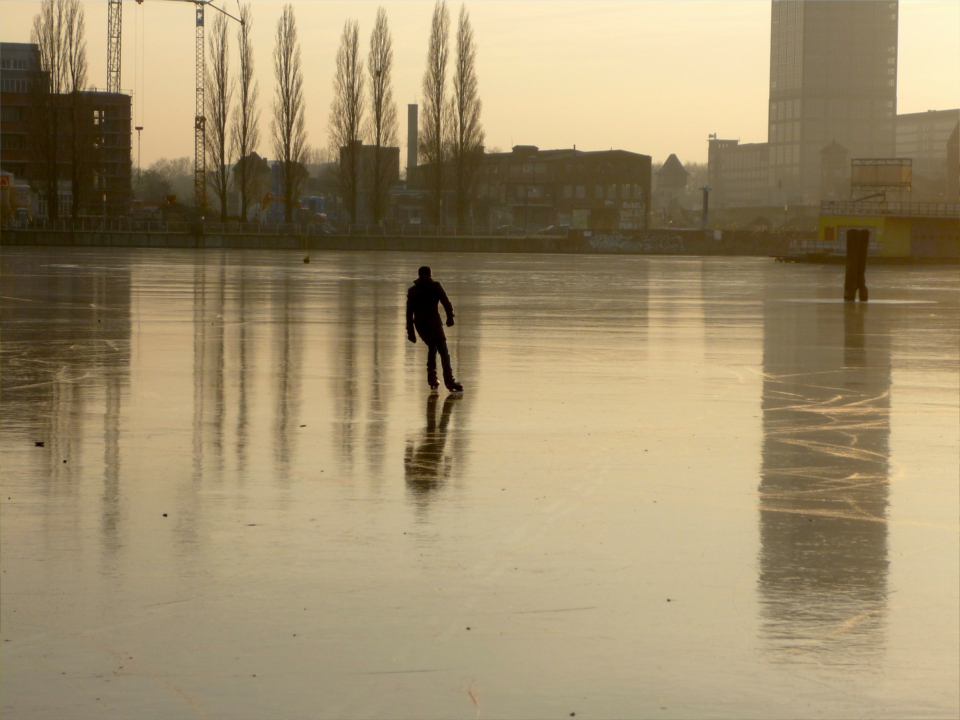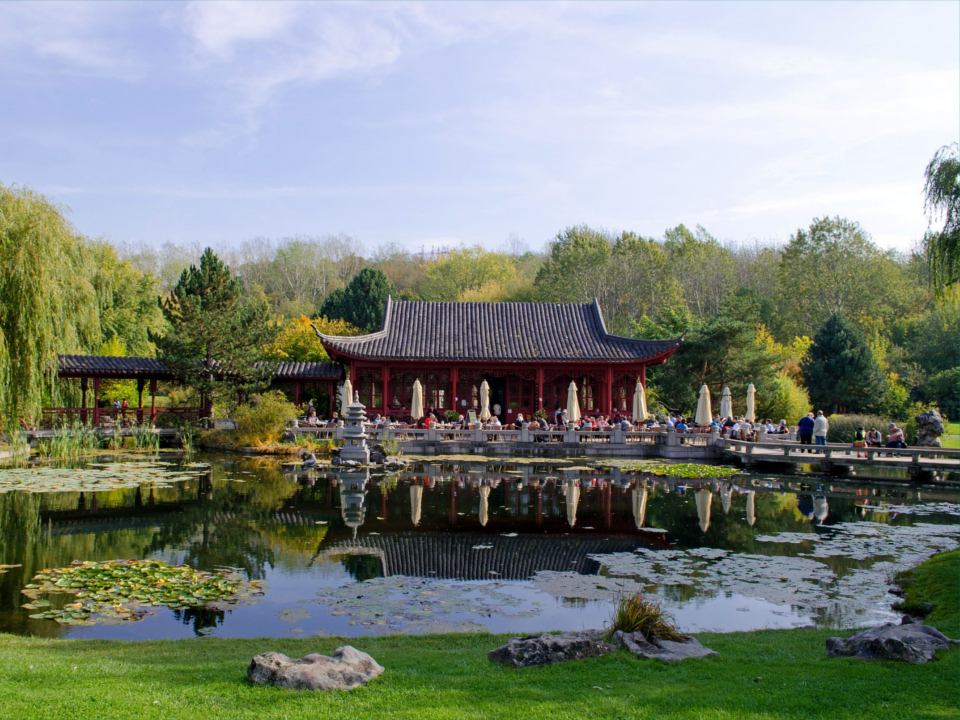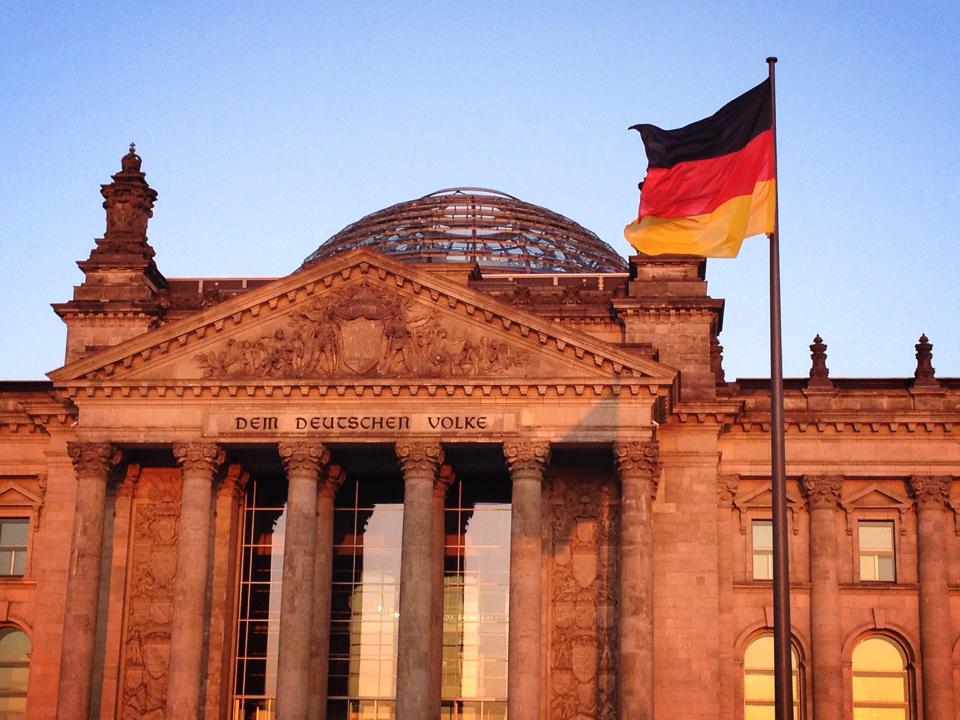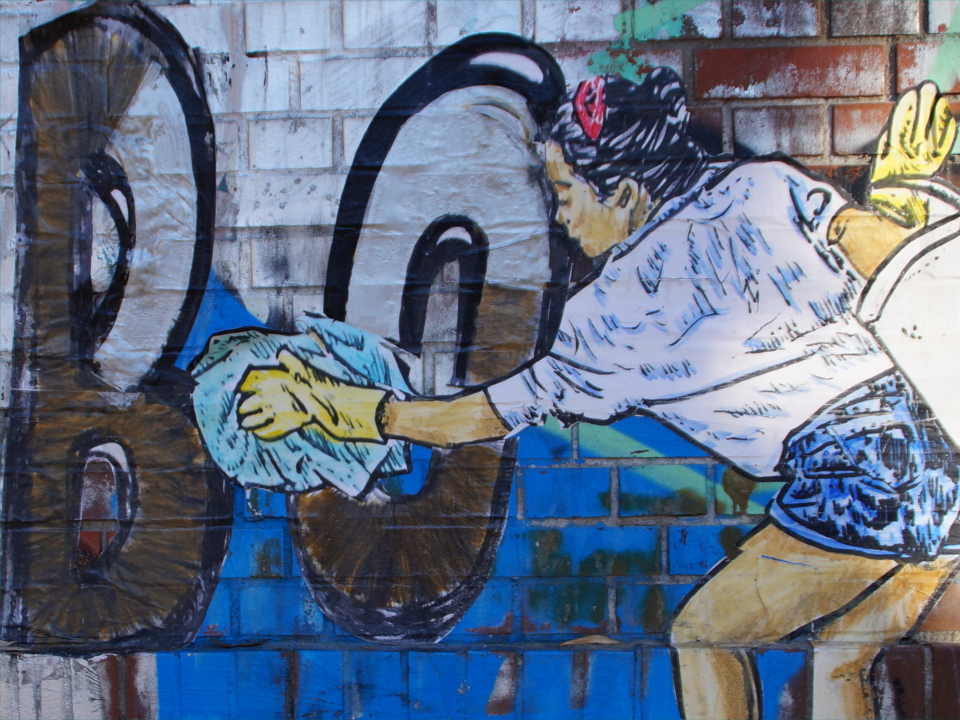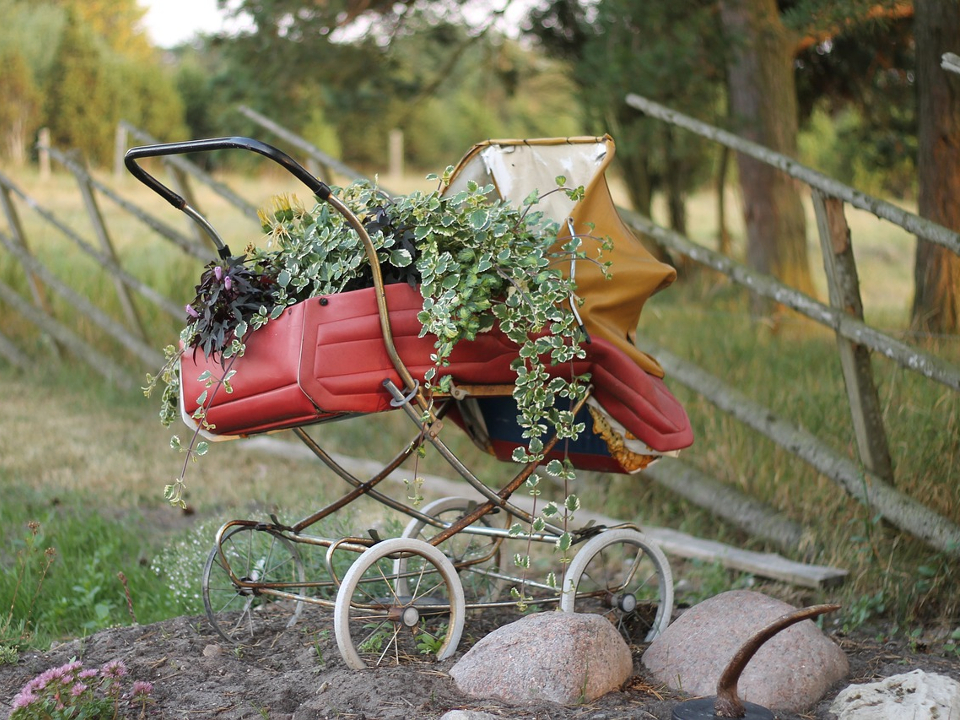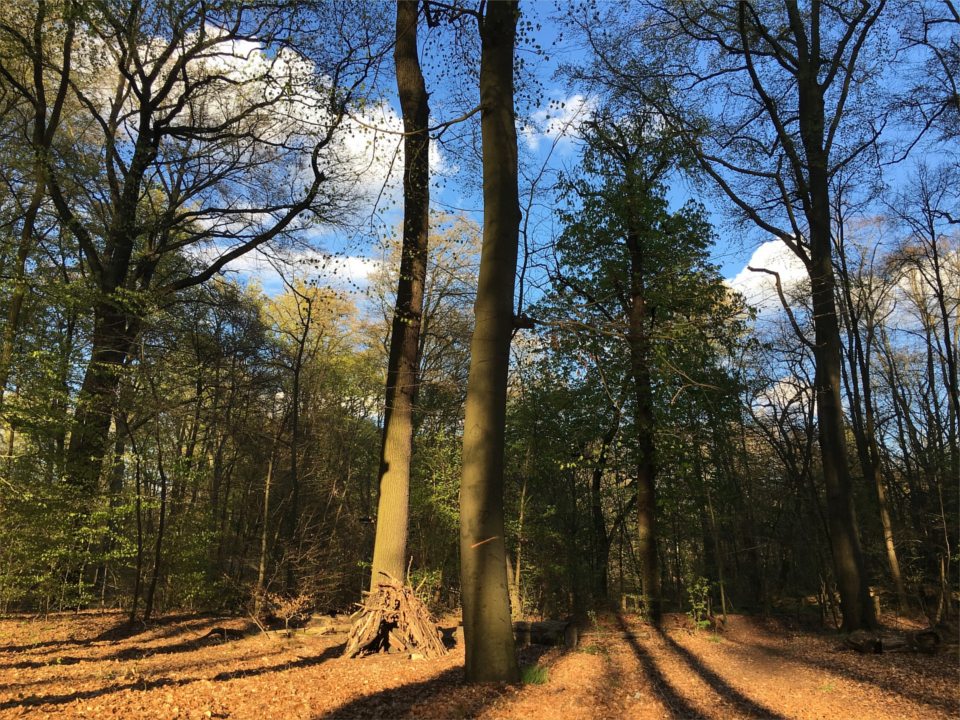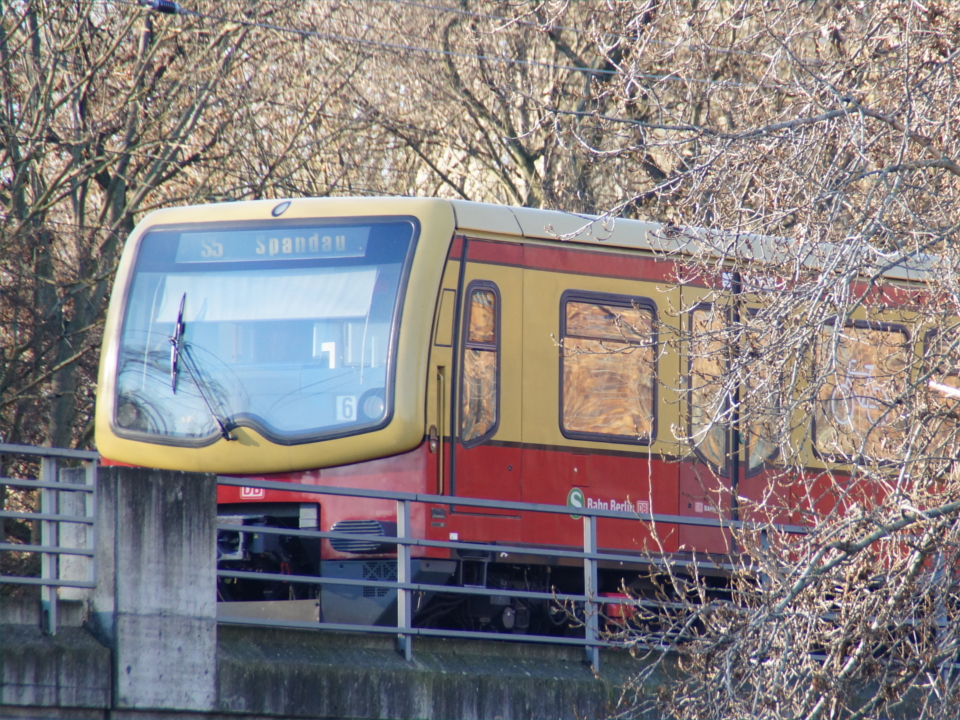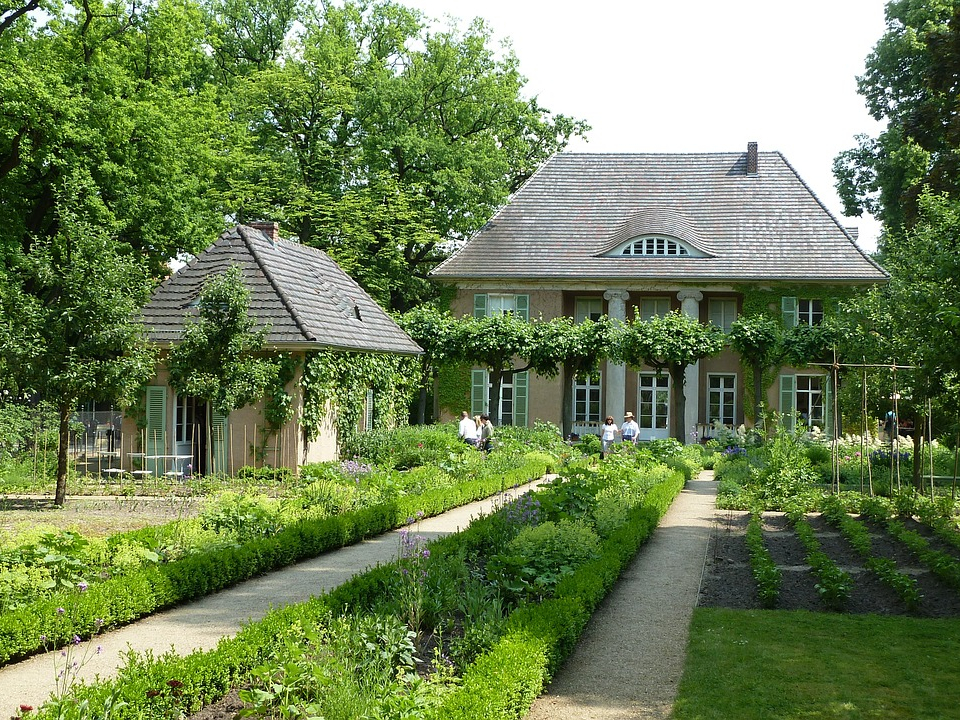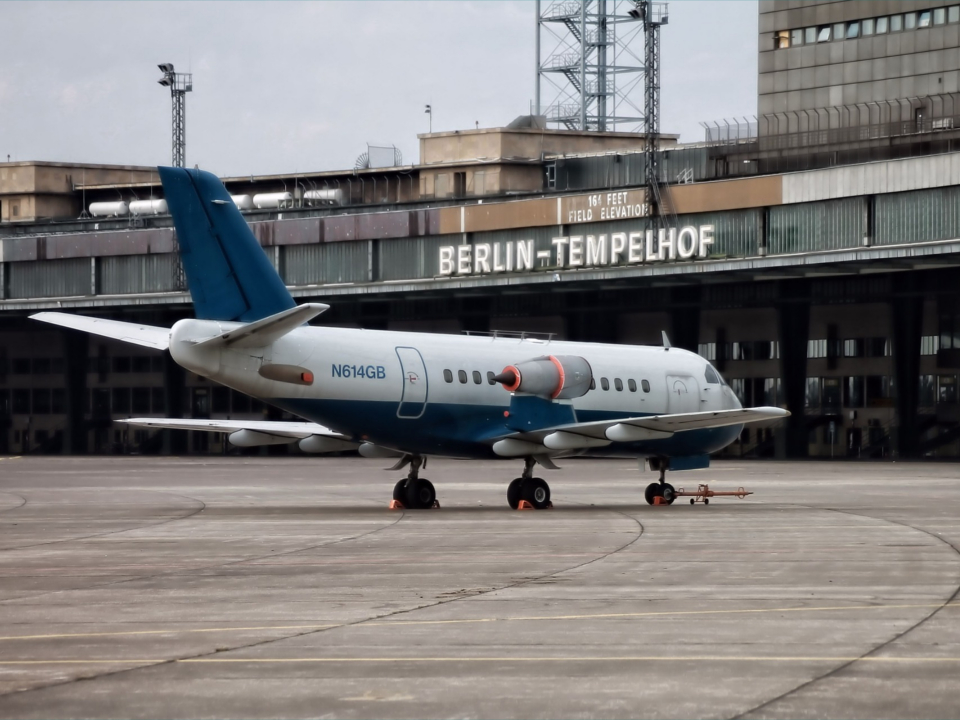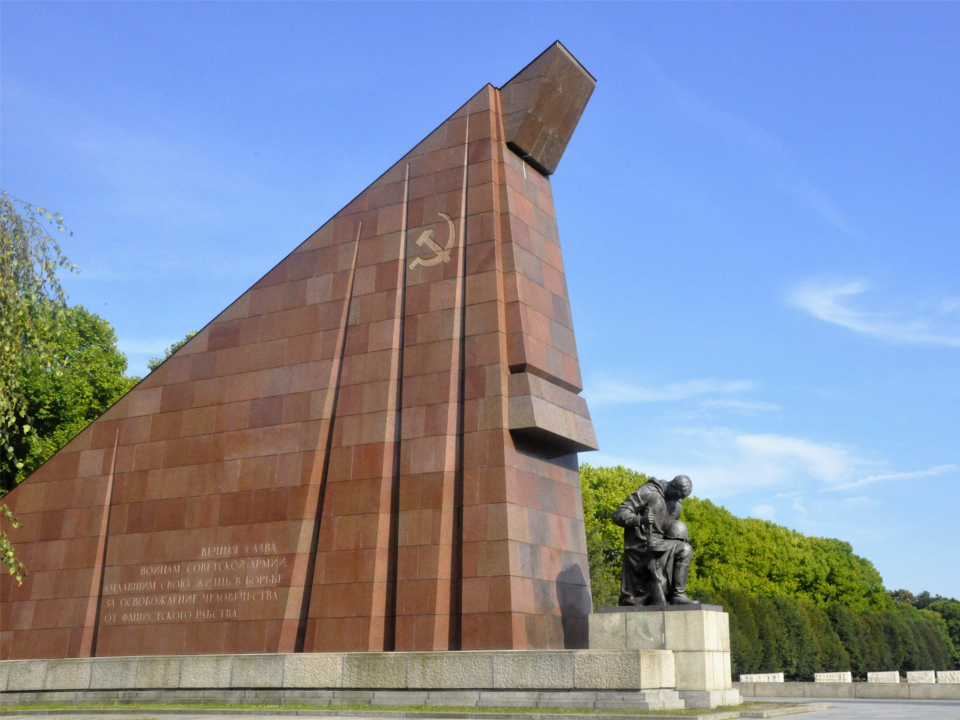Charlottenburg-Wilmersdorf: City West reinvents itself
Up until Berlin and Germany were reunified, City West around Kurfürstendamm was the showcase of West Germany’s economic miracle. However, after the Berlin Wall fell, the borough lost its role as the capital’s centre as new centres of cultural life arose in East Berlin. But for the last few years,...
Lea másFriedrichshain-Kreuzberg: A bridge between East and West
Friedrichshain and Kreuzberg were separate boroughs until unified in the administrative reform of 2001. Before the Berlin Wall fell, the boroughs belonged to two different cities: Friedrichshain was in East, Kreuzberg in West Berlin. In Friedrichshain, the “workers’ borough”, during the GDR’s final years a niche for youth-based counterculture emerged....
Lea másLichtenberg: Somehow in between
Berlin’s endless guessing game goes something like this: “Which is going to be the capital city’s next hip borough?” Prenzlauer Berg is, like, so yesterday, and Wedding has been said to be “up and coming” for years, and there are those who suggest that Lichtenberg is it. Clubs are opening on Rummelsburg...
Lea másMarzahn-Hellersdorf: From private homes to tower blocks
Marzahn-Hellersdorf’s urban landscape is an astonishing patchwork. While tower bocks dominate east Marzahn and north Hellersdorf, Biesdorf, Kaulsdorf and Mahlsdorf are more like settlements dotted with little homes. This juxtaposition was not so pronounced until the GDR decided to build a large number of Plattenbauten (tower blocks) at the end...
Lea másMitte: the heart of Germany’s political life
With 40 embassies, the Federal Parliament, Federal Council, Rotes Rathaus (Red City Hall) among others, you could almost believe that Mitte – Berlin’s second smallest borough – is home to more governmental buildings than flats. Mitte also happens to be the site of Berlin’s second largest park area at 210...
Lea másNeukölln: Hip and diverse
As recently as ten years ago, many saw Neukölln as the capital’s most dangerous social powder keg. It would be interesting to find out how many of those who saw Neukölln this way, have moved there in the meantime. Today, the north side is seen as the borough’s “in” district,...
Lea másPankow: in the kingdom of prams
Allegedly, the chances of getting a flat in Pankow are much higher if you have a child. The borough has been transformed into a family paradise. The number of under tens living there has been growing continuously since 2001. Perhaps this is why Pankow, with 410.716 inhabitants, is Berlin’s most...
Lea másReinickendorf: Miles away?
“Jottwede”, or: „Janz weit draußen“ … Genuine Berlinerisch expression (meaning “miles away”) that could be used to describe Reinickendorf. And yet you’ll hardly find another borough with as varied a landscape. The northern parts of Reinickendorf are barely distinguishable from Wedding, while time appears to have stood still in the...
Lea másSpandau: „Ick bin keen Berliner“
If you ask a Spandauer where they come from you’ll hear: “Spandau.” There is a distinct small-town feel to this western borough that sits where the rivers Spree and Havel meet. The Spandau settlement is mentioned in medieval texts that date back to 1197, 40 years before Berlin, which was...
Lea másSteglitz-Zehlendorf: The western idyll
If you want to know where Berliners have it best, there are plenty of statistics that point you to Steglitz-Zehlendorf. The borough enjoys the highest life expectancy, lowest unemployment rate, the third highest average household income and the best educational prospects for its young. Its beautiful villas and proximity to...
Lea másTempelhof-Schöneberg: Joie de vivre from yesteryear and today
In no other borough are the Berlins of yesteryear and of today so well combined as in Tempelhof-Schöneberg. In the Berlin of the golden 1920s, life was a cabaret – and the cabarets were in Schöneberg. Even back then, homosexuals were warmly welcomed in the clubs. Many artists and authors...
Lea másTreptow-Köpenick: Treptow-Köpenick: The Monday-to-Sunday borough
From the industrial Schöneweide out to the recreation area in Friedrichshagen, Treptow-Köpenick is a working and day-trip borough. On both sides of the Görlitzer Railway – the Berlin-Görlitz stretch that goes through the once single borough of Treptow – industrial areas were being developed a long time ago. At 3.7%,...
Lea más